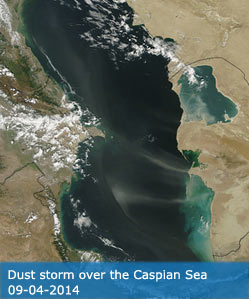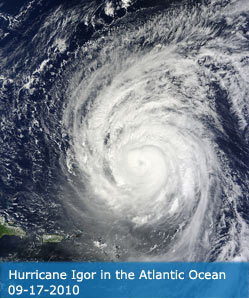Science Team
Publications
Wolf, J; Chen, M; Asrar, GR (2021). Global Rangeland Primary Production and Its Consumption by Livestock in 2000-2010. REMOTE SENSING, 13(17), 3430.
Abstract
Livestock grazing occupies ca. 25% of global ice-free land, removing large quantities of carbon (C) from global rangelands (here, including grass- and shrublands). The proportion of total livestock intake that is supplied by grazing (GP) is estimated at >50%, larger than the proportion from crop- and byproduct-derived fodders. Both rangeland productivity and its consumption through grazing are difficult to quantify, as is grazing intensity (GI), the proportion of annual aboveground net primary productivity (ANPP) removed from rangelands by grazing livestock. We develop national or sub-national level estimates of GI and GP for 2000-2010, using remote sensing products, inventory data, and model simulations, and accounting for recent changes in livestock intake, fodder losses and waste, and national cropland use intensities. Over the 11 study years, multi-model average global rangeland ANPP varied between the values of 13.0 Pg C in 2002 and 13.96 Pg C in 2000. The global requirement for grazing intake increased monotonically by 18%, from 1.54 in 2000 to 1.82 Pg C in 2010. Although total global rangeland ANPP is roughly an order of magnitude larger than grazing demand, much of this total ANPP is unavailable for grazing, and national or sub-national deficits between intake requirements and available rangeland ANPP occurred in each year, totaling 36.6 Tg C (2.4% of total grazing intake requirement) in 2000, and an unprecedented 77.8 Tg C (4.3% of global grazing intake requirement) in 2010. After accounting for these deficits, global average GI ranged from 10.7% in 2000 to 12.6% in 2009 and 2010. The annually increasing grazing deficits suggest that rangelands are under significant pressure to accommodate rising grazing demand. Greater focus on observing, understanding, and managing the role of rangelands in feeding livestock, providing ecosystem services, and as part of the global C cycle, is warranted.
DOI:
10.3390/rs13173430
ISSN:




